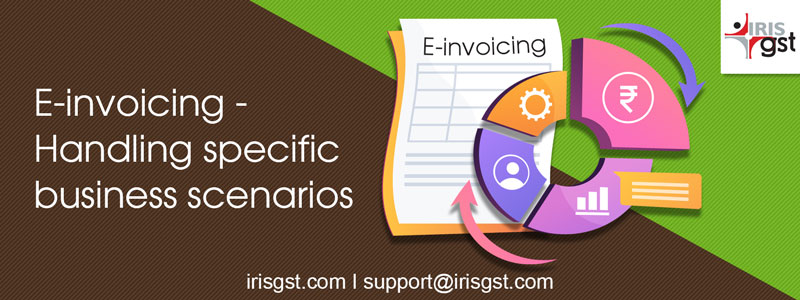
E-invoicing means registering your invoice with the government and get a unique Invoice Reference Number (IRN) and Signed QR code in return. E-invoicing schema V 1.1 was notified via Notification No. 60/2020. As per this schema there are a total of 132 data fields out of which 28 are mandatory and 18 are conditional mandatory. Now when we send the data for IRN generation, there are a lot of validations build to ensure correct data passes through. As seen in our earlier blog on validation rules on e-invoicing we showed you how the value-related validations are added.
In this blog, we will look at some business specific scenarios where these value validations fail and also a workaround for such cases.
(1) TCS on Sales:
TCS on motor car, scrap sale, services etc. was already a known concept. Recently the Finance Act, 2020 has expanded the provision to include sale of goods also under the purview of TCS.
Now many taxpayers are reporting this TCS amount in their invoices and also including the same in their invoice value. Currently in E-invoicing schema there is no specific field for TCS and hence as per FAQs provided by NIC, this value of TCS can be reported under Other Charges and in Invoice Remarks Field the same can be mentioned “TCS included in Other Charges”.
(2) Freight, Insurance, other charges which are Taxable:
If you look at item level data fields (i.e., HSN level), there are fields for Gross Amount, Discount, Taxable value, Tax Amounts (head-wise) and Other Charges. Other charges field is added for those charges which are at item level however not taxable. Now there are many other charges like freight insurance etc. which are taxable and hence you may want to include in taxable value. However as per validations built Taxable Value is to be derived as Gross Amount – Discount. Hence in such cases you cannot include in Taxable value of that line item directly. Hence as per FAQs, in such cases the other charges are to be added as a separate line item.
(3) Sector Specific Scenarios:
Two most important validations to be noted before understanding these scenarios are as below
(a) Item Value = Taxable value of item + All Tax values of item + Other charges at item level
(b) Invoice Value = Total of Item Value of all line items + Other Charges at invoice level – Discount at invoice level + Round Off Amount.
Few sector specific business scenarios were reported by our esteemed clients and we followed up with NIC for the same. NIC has given some work around for such cases which we have summarized in below table.
| Sector Name &Scenario | Details in Actual Invoice | Actual Reporting to be done in E-invoice (as per NIC) |
| Real estate Sector – Construction Services There is an abatement of tax available on 1/3rdagreement value. Thus, taxable value is 67% of the agreement value. However, invoice value will still include 100%. Now here as there is a validation that Item level total value should be equal to “Taxable value + tax amounts + other charges” Thus, here we need to include the 1/3rd value in other charges though it’s a huge amount and not actually other charges but land value on which tax is not applicable. |
Amount charged for the property/Agreement Value – 30,000 Taxable Amount (2/3) –20000 IGST Value@ 18% – 3600Item Value and Invoice Value – 33600Due to Validation, if we report above values as is while IRN generation, then error will come as we have included 10000(1/3rd value) in Total Item Value/Total Invoice Value but not included separately. |
Item Level — Pre-Tax Value = 30000 Taxable Amount (2/3) =20000 Tax Rate = 18 % IGST Value =3600 Other Charges (item Level) = Rs.10000 Item Value = 33600 (20000+3600+10000)Invoice Level — Total Taxable Value = 20000 Total IGST Value = 3600 Invoice Value = 33600Invoice Remarks – Abatement Charges included in Other Charges at item level |
| Auto Sector – Amortisation Cost Amortisation cost of free of cost tools and dies resupplied back to buyer is usually included in taxable value but reduced from invoice value as it is not to be collected from buyer. Thus, here the amortised cost will have to be included as discount even though its not actually a discount. |
Base Value i.e., Pretax value: 25000 Amortised cost of free of cost tools and dies resupplied back to counterparty: 2000 Taxable Value: 27000 (25000+2000) IGST @ 28%: 7560Total Item Value/Total Invoice Value: 32560 (25000 + 7560)Due to Validation, if we report above values while IRN generation, then error will come as we have not included 2000 in Total Item Value/Total Invoice Value but included in Taxable value |
Item Level —- Pre-Tax Value = 25000 Taxable Amount = 27000 (Base value + Amortised cost = 25000 +2000) Tax Rate = 28 % IGST Value = 7560 Item Value = 34560(27000 + 7560)Invoice Level —- Total Taxable Value =25000 Total IGST Value = 7560 Discount = 2000 Total Invoice Value = 32560 (34560 – 2000)Invoice Remarks – Amortised cost included in Discount at invoice level |
| Mining Sector – Underloading Charges In Mining industry, there are some cases where unloading charges are shown in invoice but deducted from invoice value as these are not collected from buyer but borne by taxpayer/seller. Thus, here the underloading charges will have to be shown as discount even if its not in nature of discount. |
Total Taxable Value: 10000 Total IGST Value: 2800 Underloading charges =100Total Item Value/Total Invoice Value: 12700 (10000+2800 -100)Due to Validation, if we report above values while IRN generation, then error will come as we have reduced 100 directly in Total Item Value/Total Invoice Value |
Item Level —- Taxable Amount = 10000 Tax Rate = 28 % IGST Value = 2800 Item Value = 12800 (10000+2800)Invoice Level —- Total Taxable Value = 10000 Total IGST Value = 2800 Discount = 100 Total Invoice Value = 12700 (12800-100)Invoice Remarks – Amortised cost included in Discount at invoice level |
(4) Reverse Charge and Export with payment:
In case of reverse charge transactions, the supplier does not collect tax from his customer and hence the customer/recipient has to pay tax directly to the government. However, while preparing an invoice under reverse charge the supplier shows tax rate as well as amount in the invoice. Thus, while sending invoice for IRN generation also this amount is required to shown. Similar is the case with export with payment transactions where supplier pays tax at customs and then claims refund. Hence, in both cases while deriving the Item Value and Invoice value the supplier may or may not want to include the tax amount. However, as item value validation earlier used to mandate to include tax amount, NIC had to make changes in the validation rule. Thus, now if reverse charge is Y or if supply type is Export with payment, then total value of Item can match with either with tax values or without tax values. That is, the total value of item can include or exclude the tax values as per the business requirements.
Thus, overall if your business has any specific scenario which is getting stuck due to business validations, then you may have to follow a similar approach for handling IRN generations without any validation errors. However, we would also recommend to provide such specific scenarios as a feedback to NIC team along with a copy of your invoice for better understanding. So that these can forwarded to policy wing by NIC and get clarifications.
Also, such cases will help government too when they plan for any revised version of schema. We have also been constantly in touch with NIC and GSTN by reporting such scenarios and also giving feedback in order to ensure a smooth process for E-invoicing and E-Way Bill as well as GST return filing.
*****
IRIS E-invoicing – is a complete e-invoicing software solution that can help you make your e-invoicing journey a smooth ride. It is a cloud-based advanced e-invoicing solution that can integrate with your billing systems in multiple ways and help you generate IRN seamlessly without disrupting your current business processes.[/vc_column_text]
[/vc_column][/vc_row]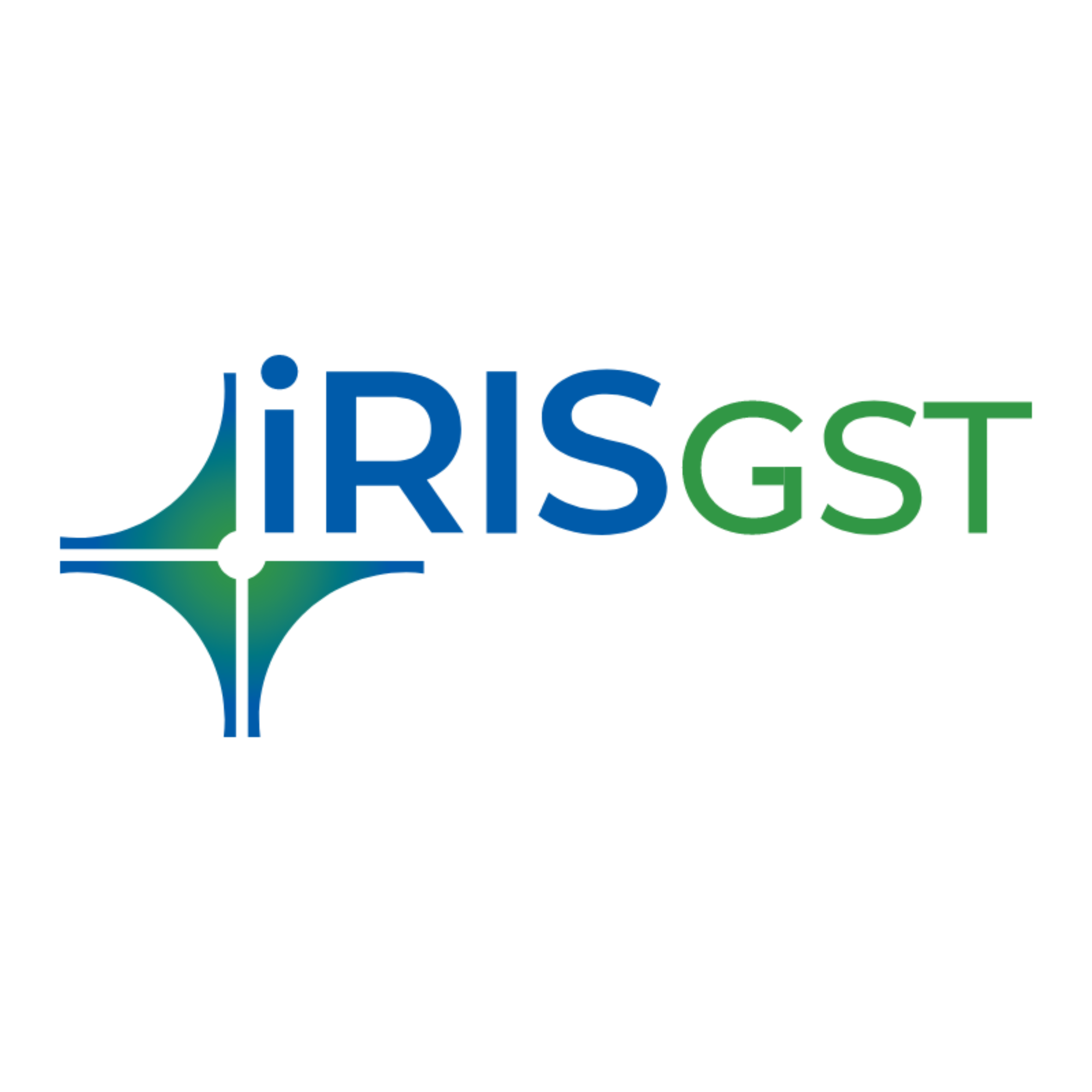
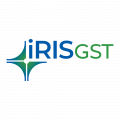
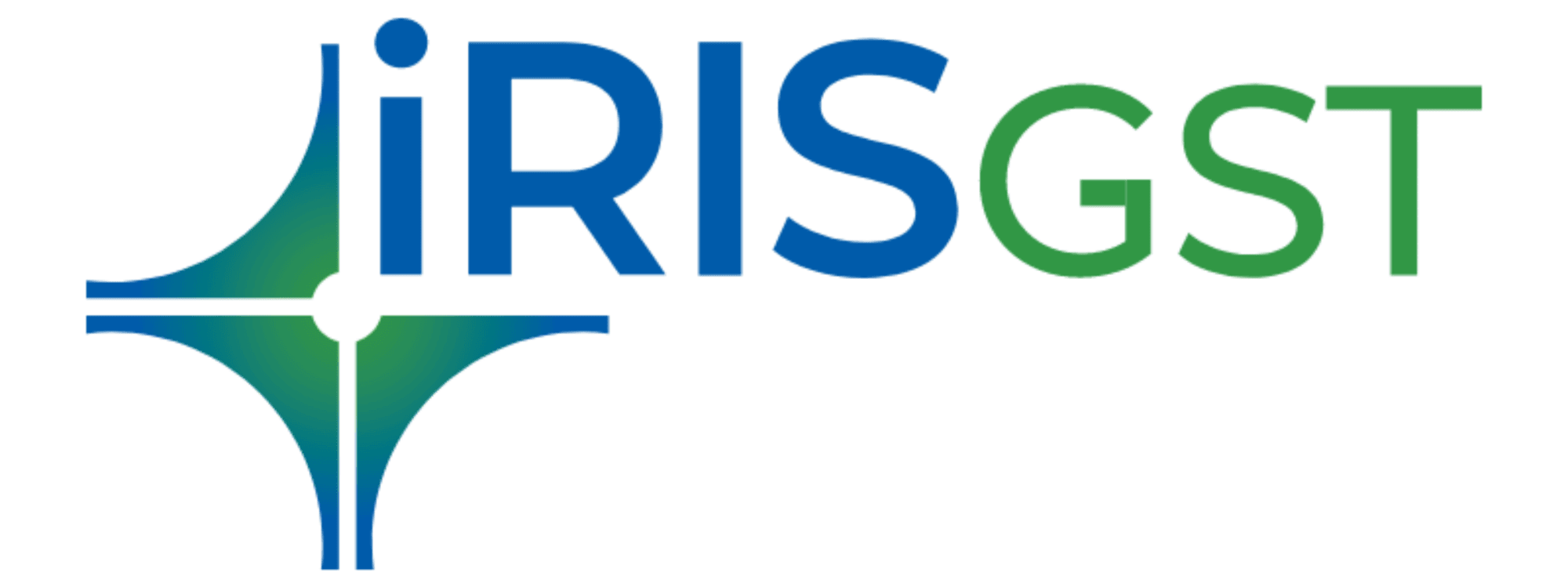



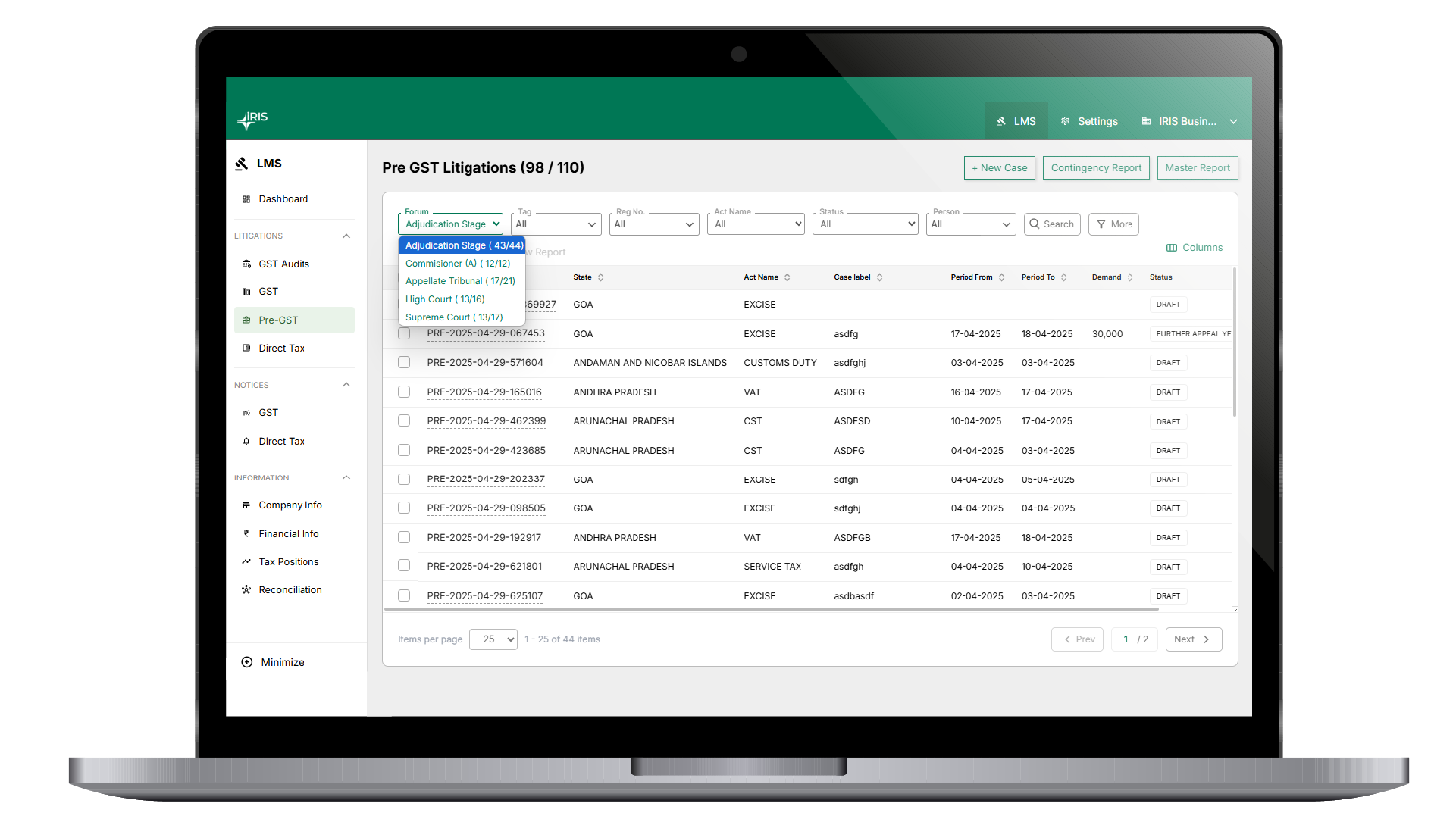
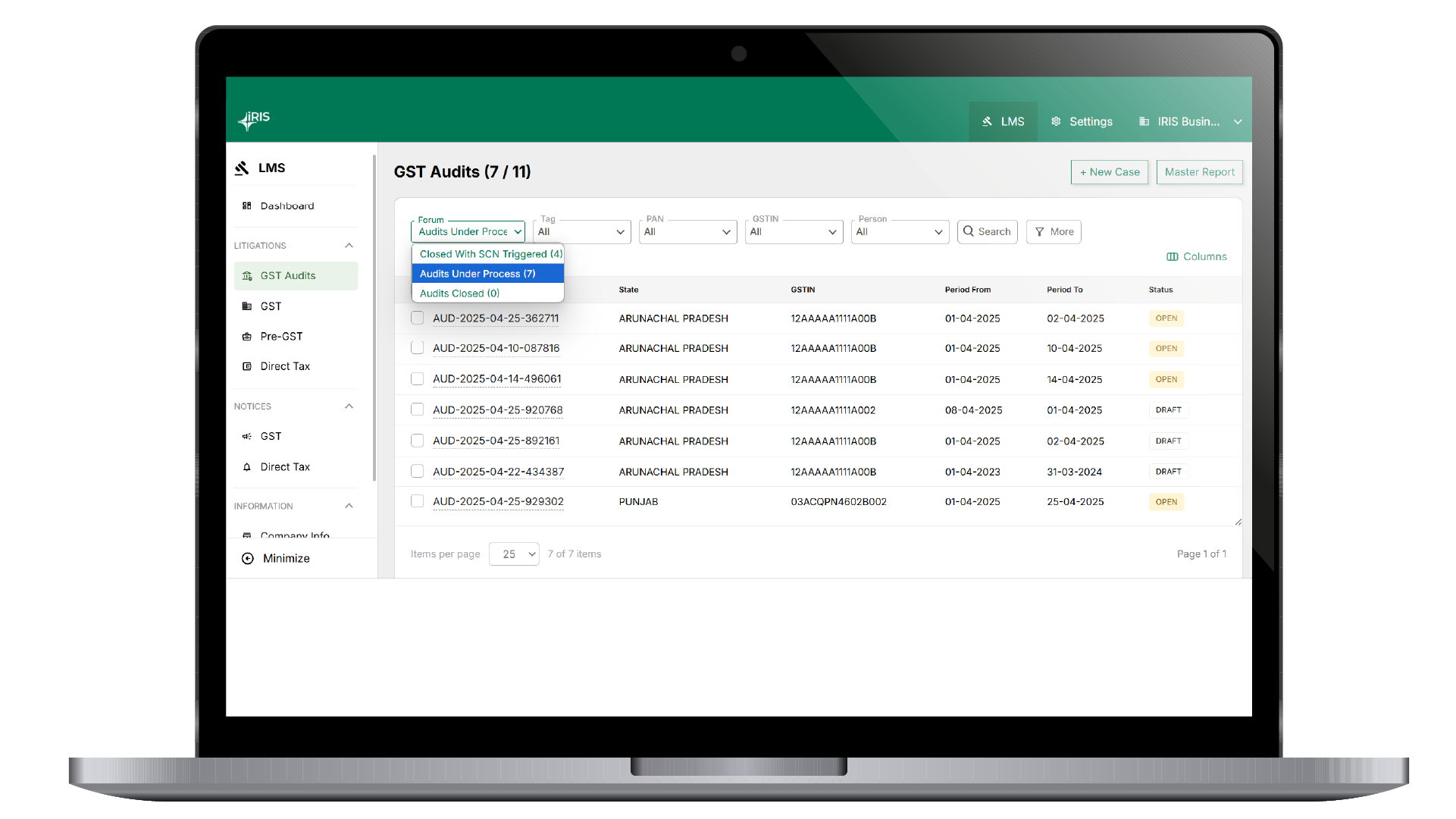
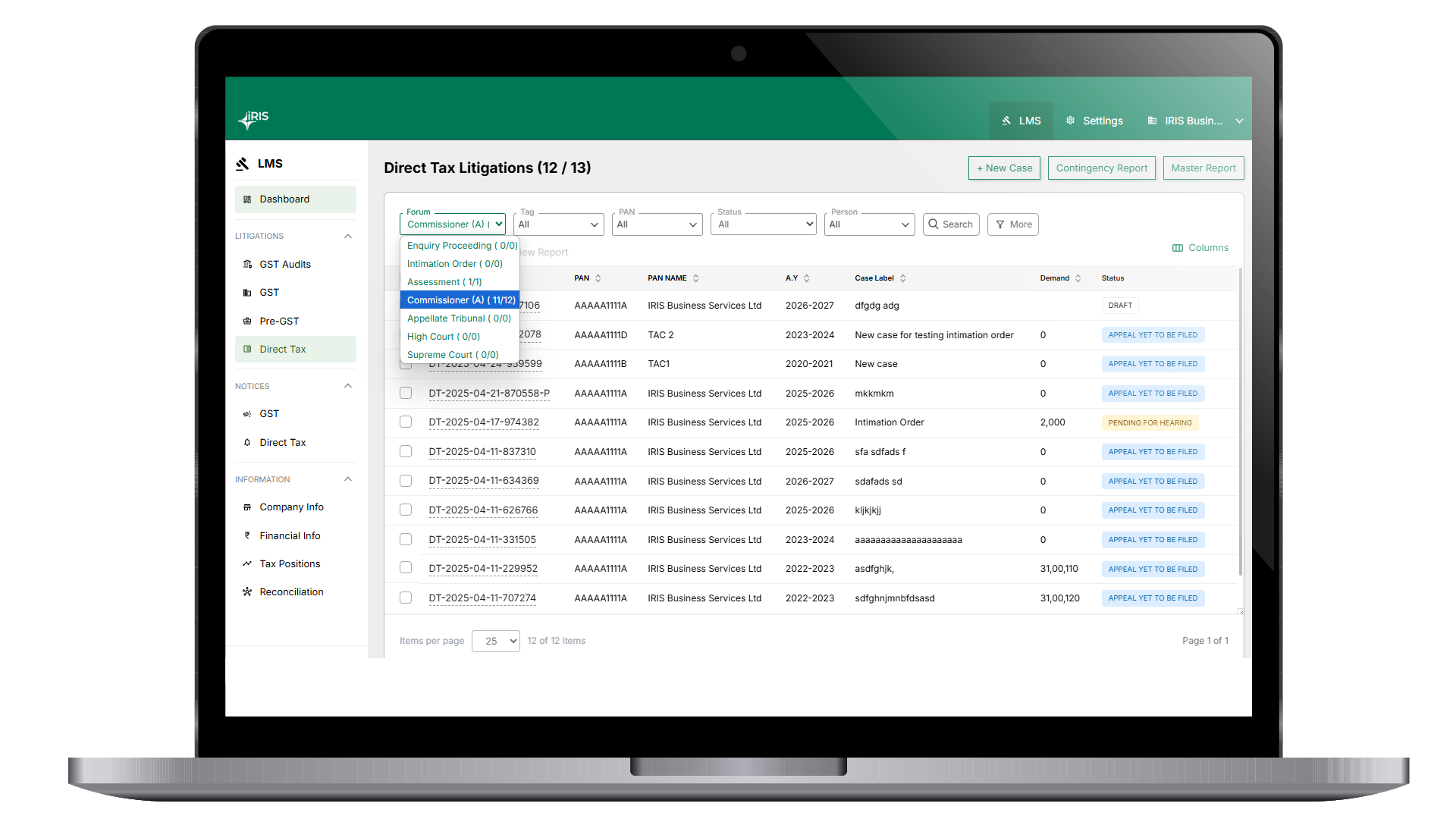
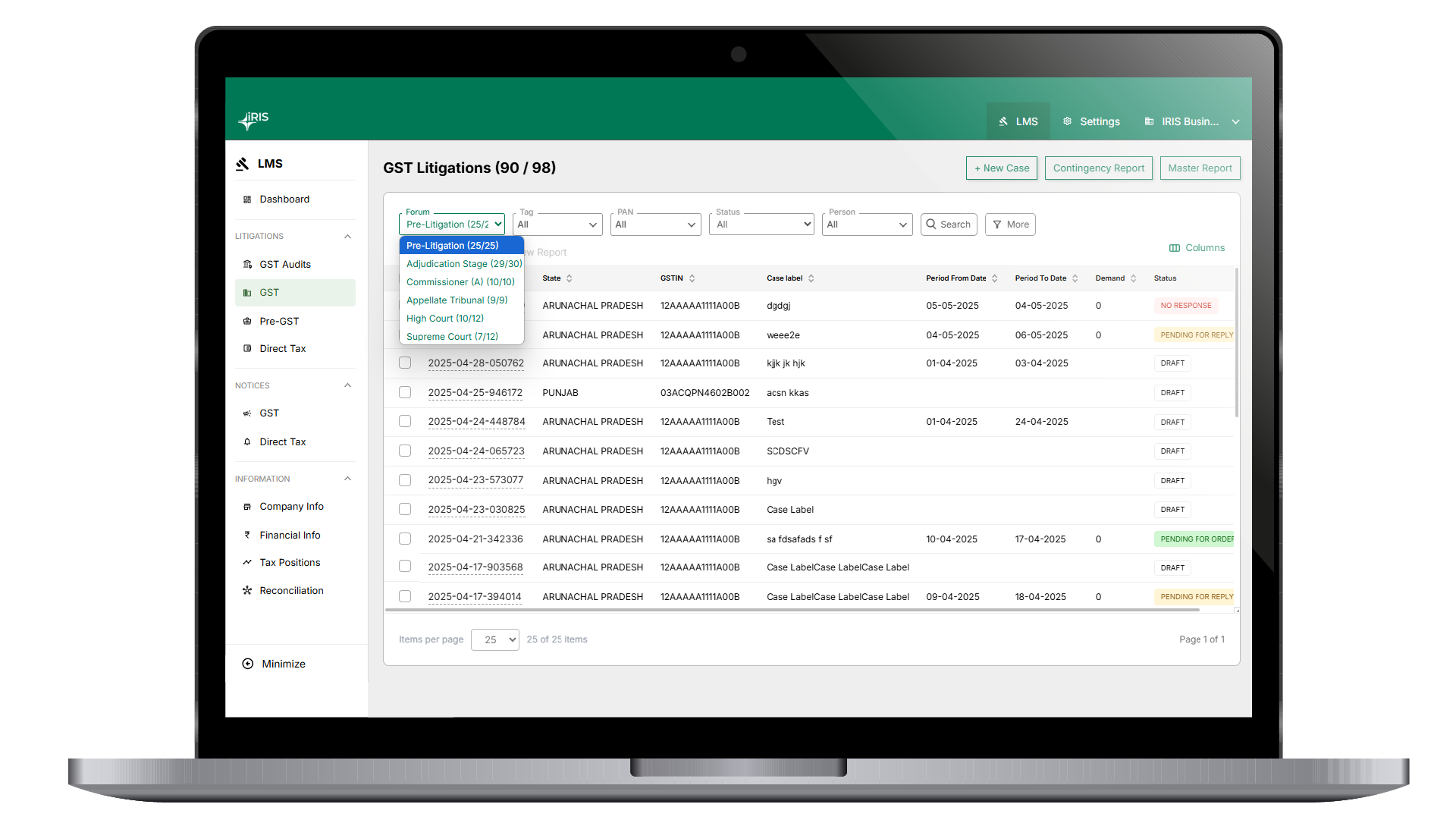
















































































































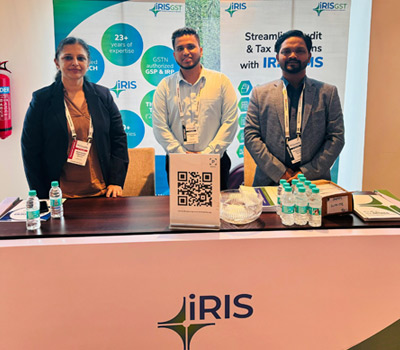


















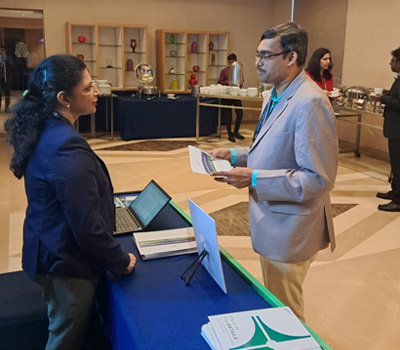
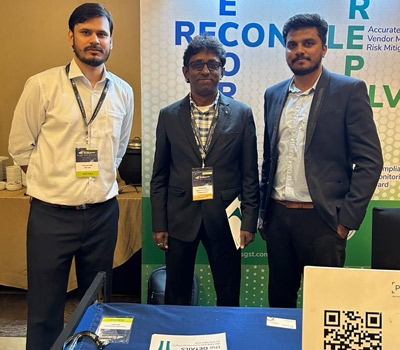
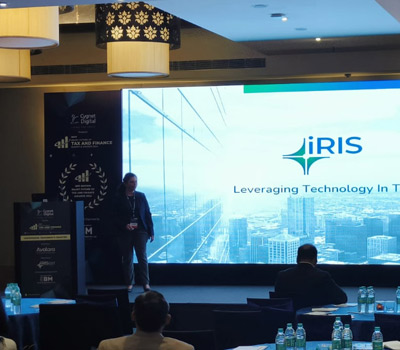
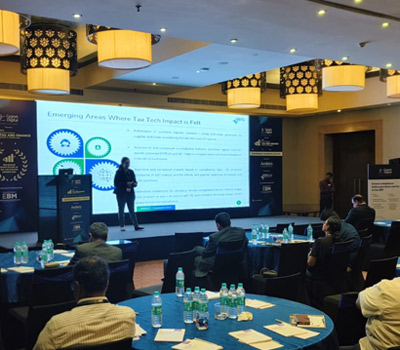


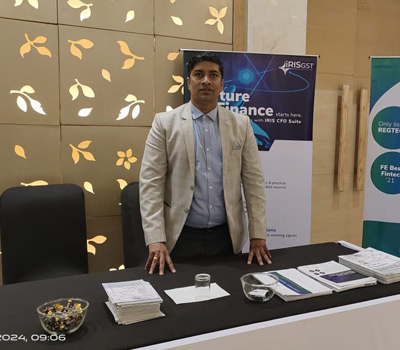
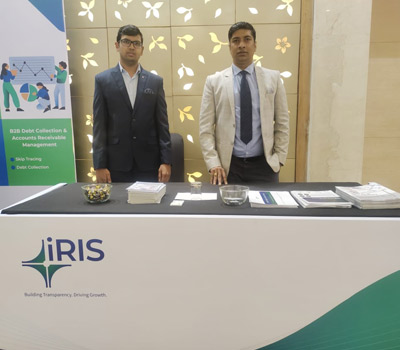




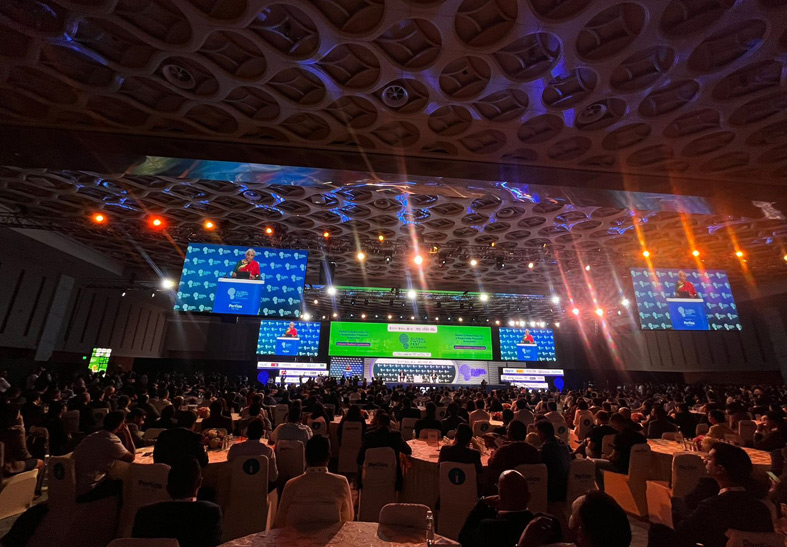
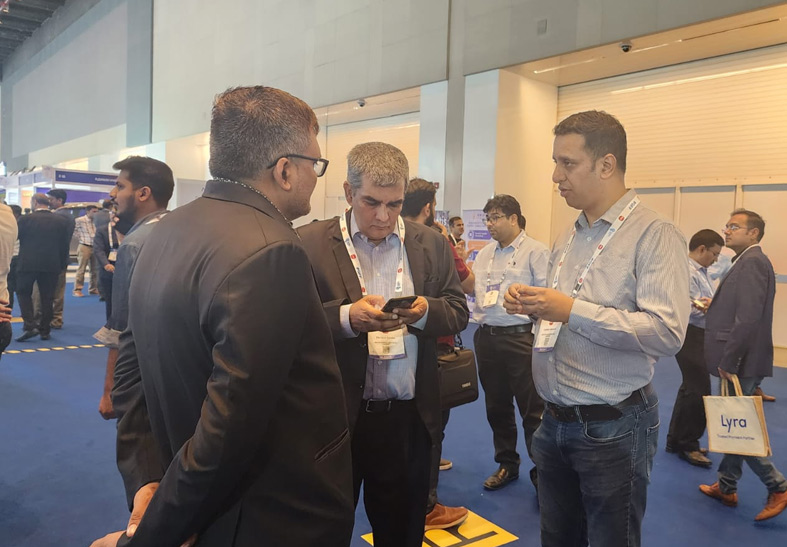
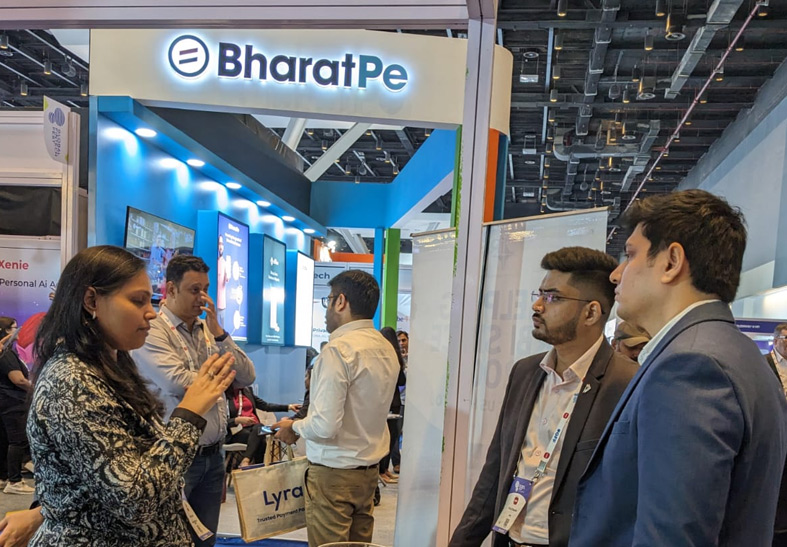
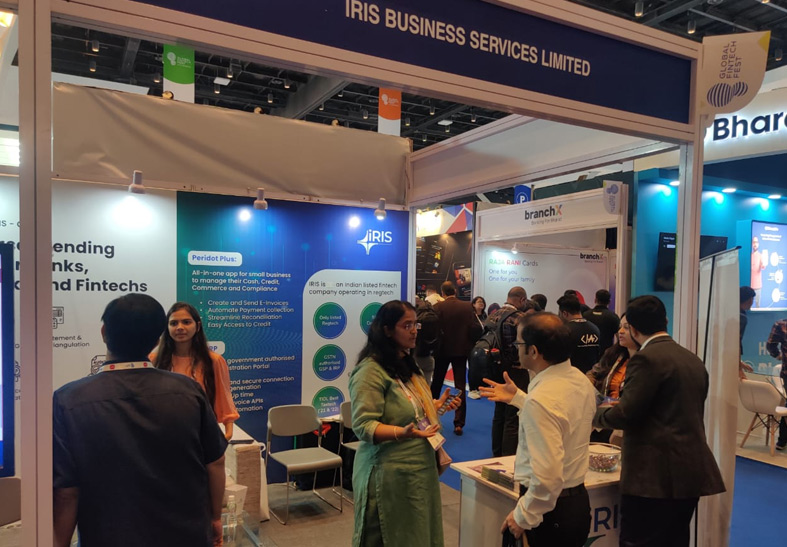
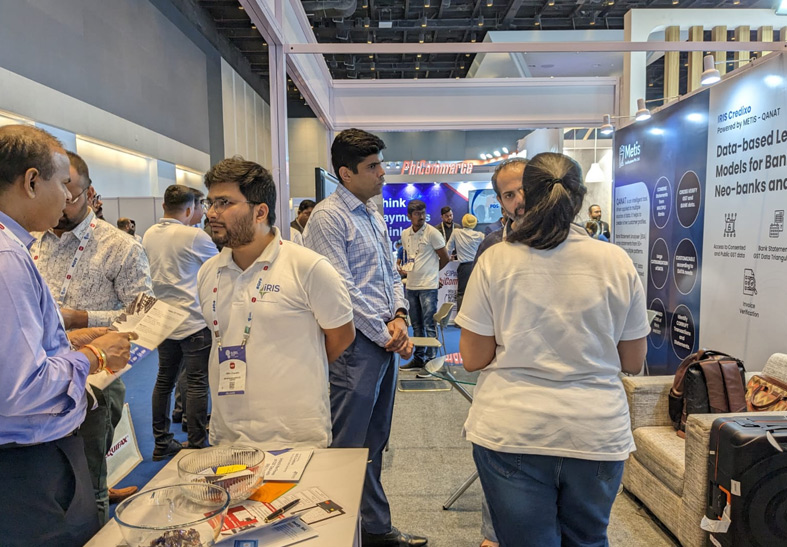
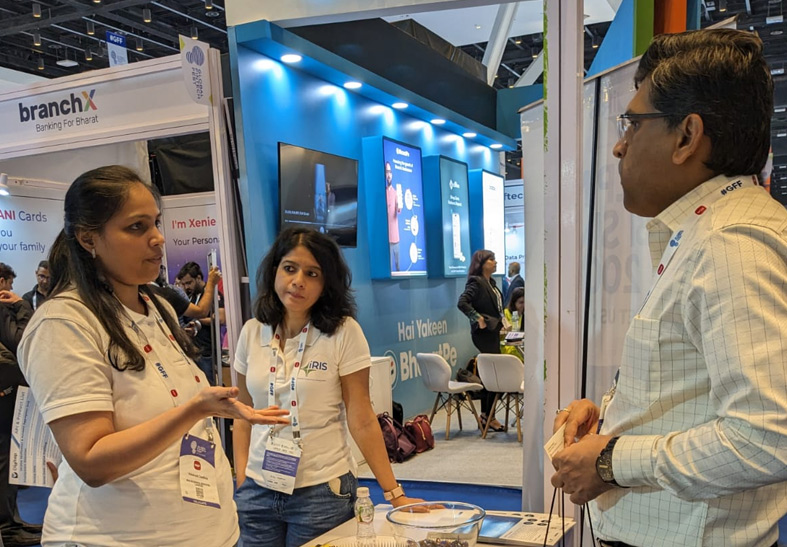
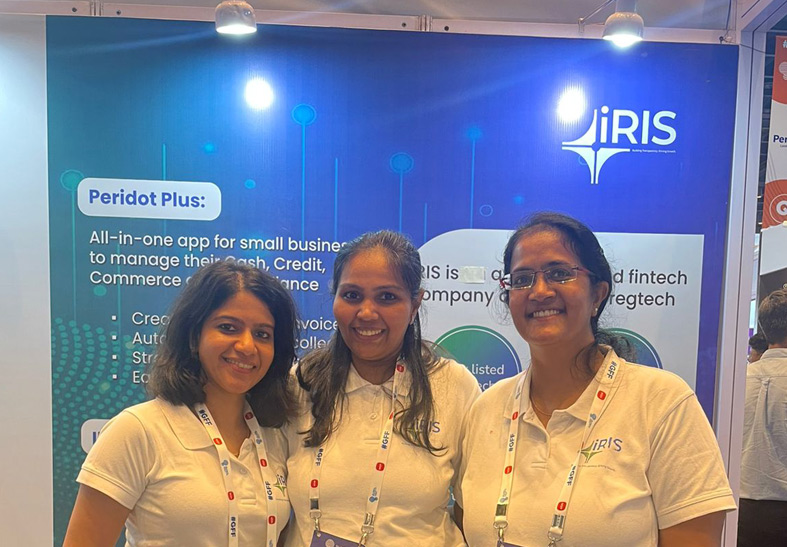
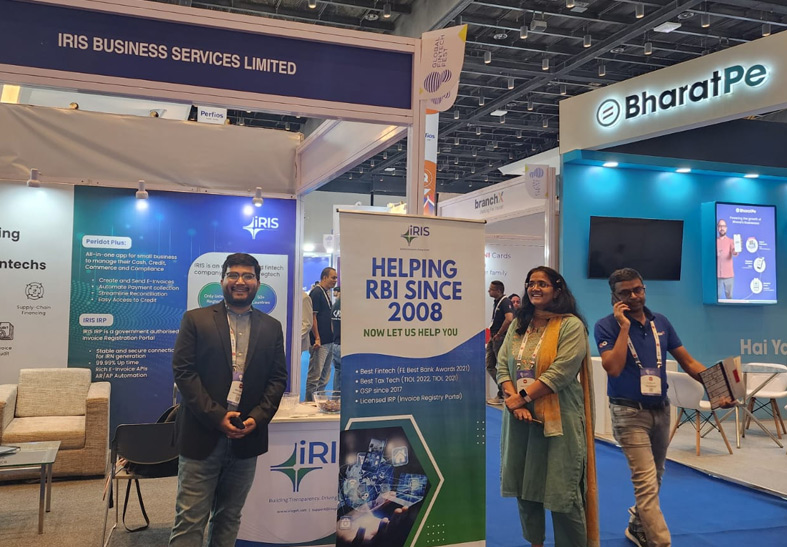















































































What’s Taking place i’m new to this, I stumbled upon this I have found It positively helpful and it has helped me out loads. I am hoping to contribute & help other users like its aided me. Good job.
I would like to thank you for the efforts you have put in writing this site. I am hoping the same high-grade site post from you in the upcoming also. In fact your creative writing skills has inspired me to get my own web site now. Actually the blogging is spreading its wings quickly. Your write up is a good example of it.